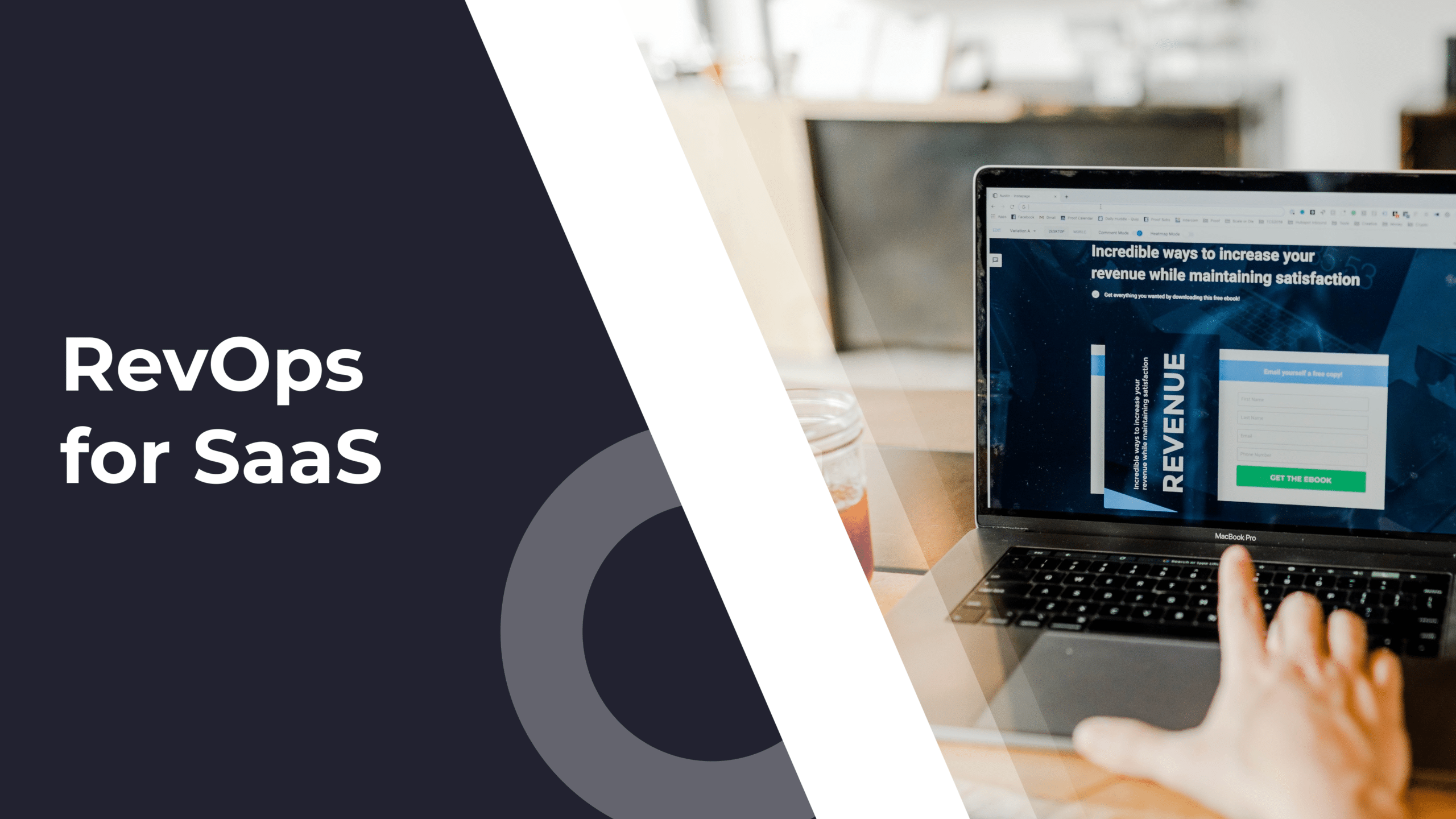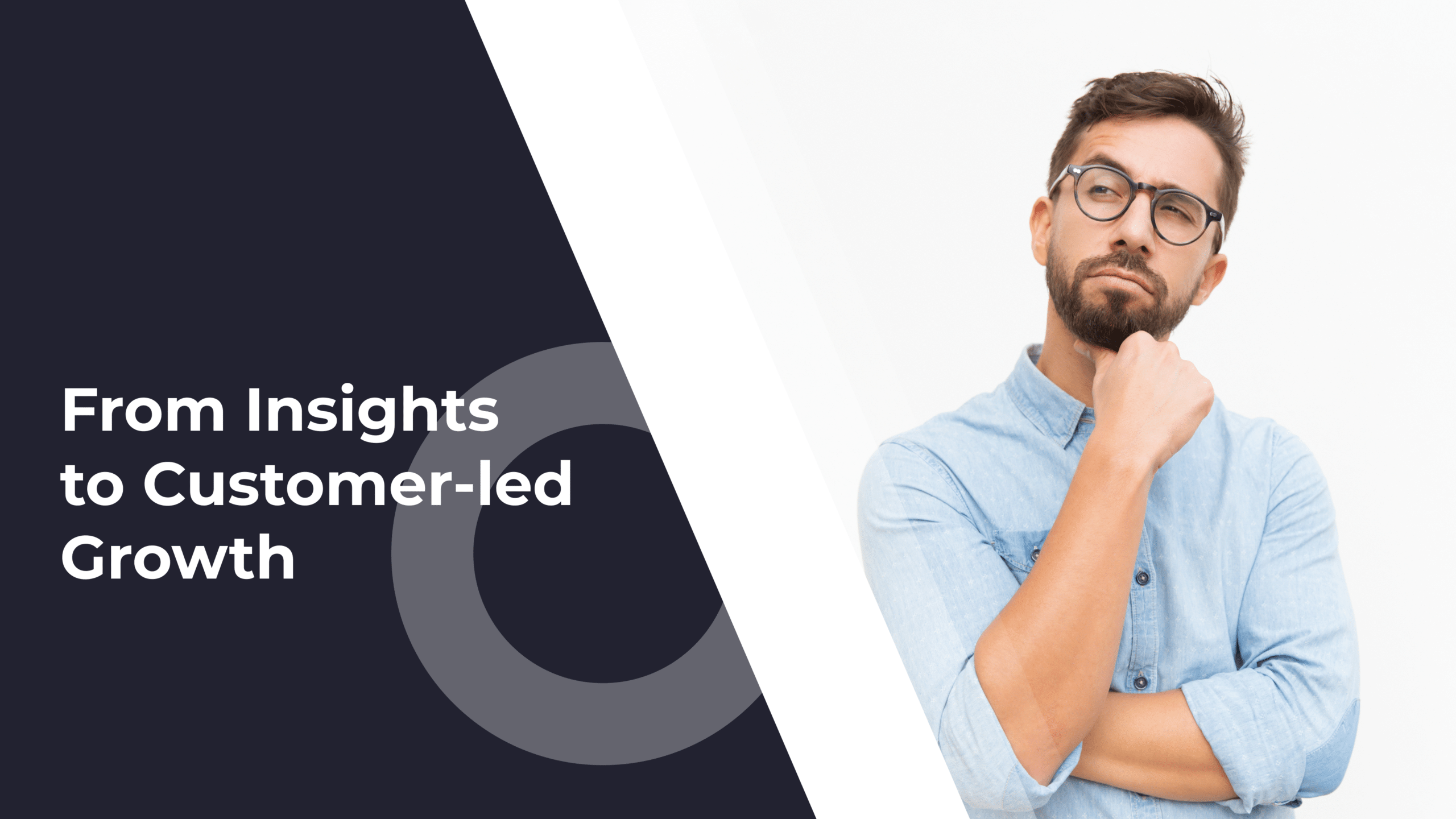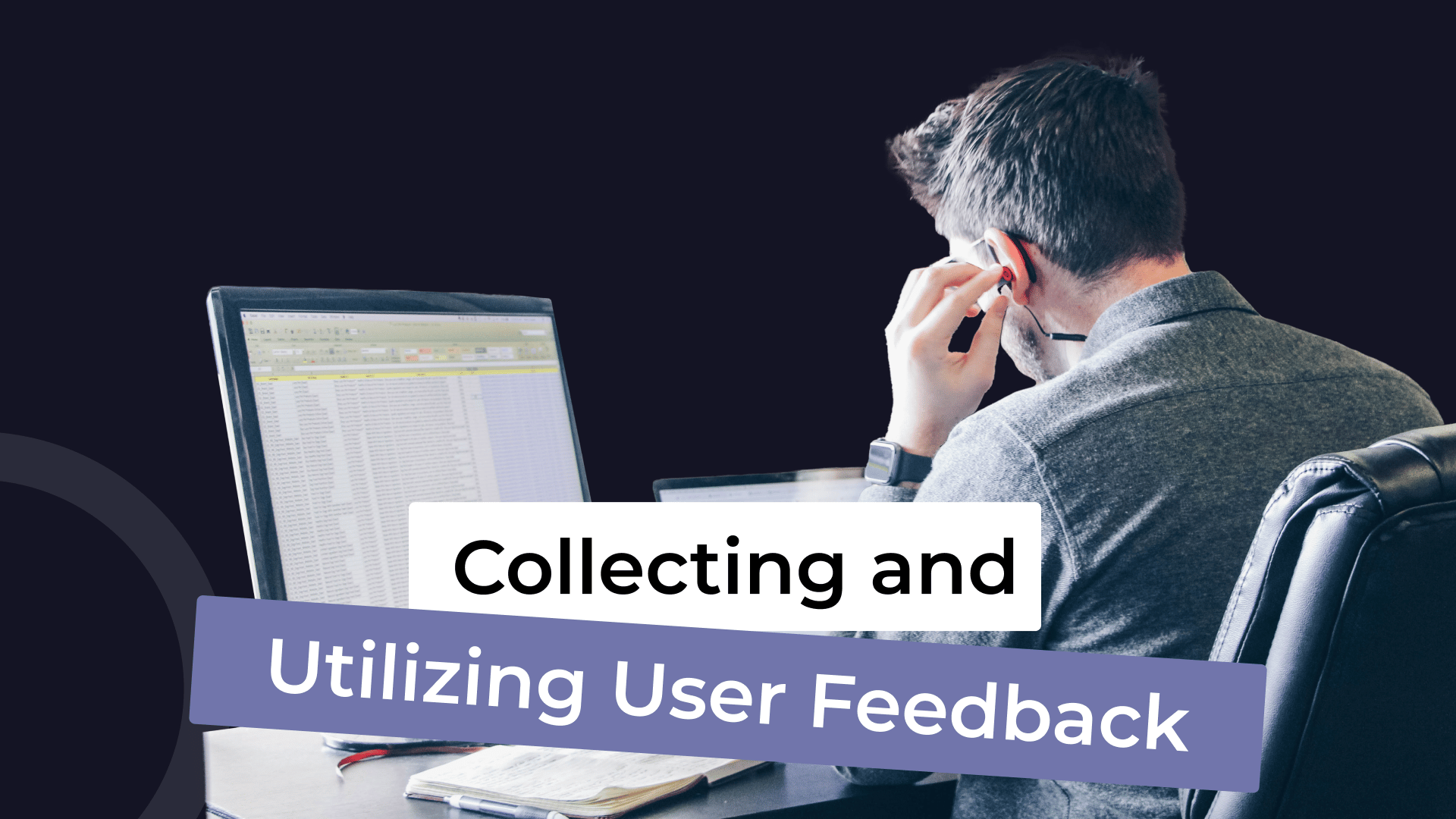As a software as a service (SaaS) business, you’re always at the forefront of innovation. But getting potential customers to recognize this and buy from you is half the battle.
By leveraging predictive analytics, you can tap into past sales data to accurately forecast future outcomes. From anticipating customer needs to identifying the best times to re-engage customers, predictive analytics can give you the competitive edge.
Unlike traditional manual forecasting, predictive models are driven by machine learning and AI to deliver the most accurate picture of your business trajectory.
Keep reading for a deep dive into how to use predictive sales analytics for your SaaS business to better predict the buying patterns of your customer base.
What Is Predictive Sales Analytics for SaaS Businesses?
Predictive sales analytics enables SaaS companies to forecast future sales based on historical data—including customer demographics, buying patterns, and engagement metrics. By analyzing trends and behaviors from past customer interactions, AI-powered tools can help predict future revenue, optimize marketing efforts, and even improve retention strategies.
Image from Custify
This is usually represented in a trend line, giving you an easy visual showcasing your potential sales and subscription numbers.
This AI-driven approach goes beyond simple forecasting. It equips businesses with actionable insights, allowing them to create tailored marketing campaigns, identify at-risk customers before they churn, and refine pricing strategies.
Because SaaS is a uniquely competitive market, gathering predictive sales analytics is essential to beat out similar offerings. Identifying which customers are at risk of leaving and then using methods to keep them invested helps improve retention rates, which is essential for maintaining stable cash flow. For companies developing software as a service products, understanding customer behavior patterns is crucial for long-term success.
The Key Elements of Predictive Sales Analytics
Predictive sales analytics are wide-ranging. Your SaaS business needs to gather relevant historical data, from customer buying patterns to product usage data. Then, you’ll need to rank your leads before forecasting your sales.
To effectively implement predictive sales analytics, SaaS businesses need to focus on several key elements:
1. Collecting Data
Data collection is the backbone of any predictive analytics strategy. In SaaS, gathering accurate and comprehensive data on customer behavior, buying patterns, product usage, and historical sales is crucial to unlocking insights into future trends. This data includes metrics such as how often users log in, which features they use most frequently, and their previous subscription renewal patterns.
Example:
If you’re running a SaaS business that offers project management software, tracking which features your users engage with the most (e.g., task management or calendar integration) allows you to anticipate which features are most important for retention and upsell opportunities. For instance, if a significant percentage of your users utilize the reporting feature during the last quarter of the year, you can tailor marketing or product updates around that feature during the same period to drive renewals or upgrades.
Tip:
Use tools like Mixpanel or Custify to track detailed user interactions within your app. With comprehensive event tracking in place, you can understand the journey users take within your product and identify bottlenecks or high-value features.

Image from Mixpanel
2. Scoring Leads
Lead scoring is a method of ranking prospects based on their likelihood to convert into paying customers. SaaS businesses typically score leads by analyzing various touchpoints, such as website visits, product demo requests, engagement with marketing emails, and trial usage behavior.
Example:
For example, let’s say you offer a CRM platform for small businesses. If a lead has attended a product webinar, downloaded a case study, and started a free trial, these actions can be assigned higher scores. On the other hand, a lead that has only signed up for your email newsletter may be assigned a lower score. Your sales team can then prioritize reaching out to higher-scoring leads who are more likely to convert.
Tip:
Integrate HubSpot CRM or Close CRM with your lead scoring system. Both tools allow you to assign scores based on user behavior and interactions with your brand, which helps the sales team focus their efforts on high-conversion potential leads.
3. Forecasting Sales
Sales forecasting uses historical data to predict future sales outcomes. In SaaS, this involves analyzing trends in customer acquisition, subscription renewals, upsells, and downgrades. Predictive analytics models take into account factors like seasonal trends, customer lifetime value (CLTV), and churn rates to provide a realistic sales projection.

Example:
Let’s say your SaaS company has been consistently acquiring 200 new customers every month over the last six months, with a churn rate of 10%. Predictive sales analytics could forecast that your company will acquire a similar number of customers in the coming months but adjust for potential churn. Based on this data, you could predict an additional 180 net new customers (factoring in churn) for the next month.
Tip:
Use platforms like Custify or Salesforce to automate your sales forecasting. These platforms integrate data from your customer success and sales teams, allowing you to generate real-time sales projections.
4. Predicting Churn Rate
Churn prediction uses historical and behavioral data to identify which customers are at risk of leaving your service. Predicting churn is critical for SaaS businesses because retaining existing customers is far more cost-effective than acquiring new ones. Common indicators of churn include decreased usage, poor customer support interactions, or not using key features that deliver product value.
Example:
Suppose your customer success platform indicates that a customer has not logged into your SaaS app for over a month and hasn’t opened any of your recent support or product update emails. These are red flags for potential churn. Your customer success team could proactively reach out with a personalized offer, such as a free training session, to re-engage them before they cancel their subscription.

Tip:
Use Custify’s churn prediction features to automatically flag customers who show signs of disengagement. The platform uses AI to highlight potential churn risks based on usage data, allowing your team to step in and take corrective action.
5. Segmenting Your Customer Base
Customer segmentation involves grouping your customers into specific categories based on shared characteristics or behaviors, such as industry, company size, or feature usage. Segmenting your customers allows you to provide more targeted marketing, product recommendations, and customer support experiences.
Example:
If your SaaS business serves both startups and enterprise customers, you’ll need to segment them based on their unique needs. For instance, enterprise customers may require more robust data security features, while startups might focus on affordability and scalability. By segmenting your customer base, you can tailor your marketing and support messages to address their specific concerns.
For example, startups can be targeted with messages about cost-efficiency and flexibility, while enterprises can receive content about security features, compliance, and scalability.
Tip:
Use a Customer Success Platform (CSP) like Custify or Gainsight to create detailed customer segments. With segmentation, you can both track group performance and also assign personalized playbooks that cater to each group’s unique needs, improving customer satisfaction and retention.
Why Is It Important to Understand Customer Buying Patterns in SaaS?
Customer buying patterns are just one part of predictive sales analytics, but they’re essential for SaaS companies as they allow them to analyze how, when, and what their customers buy. It’s a way for them to predict what customers really want and how they want it marketed to them.
With all this information, your marketing team can hone their strategy and strategically position your SaaS business as the best choice for the consumer. You can adapt the strategy depending on customer buying patterns and use personalized interactions to influence their decision. This works, given that 80% of consumers are more likely to buy a service from a brand that uses personalization.
For example, let’s say a significant number of your customers renew their subscriptions in December. Armed with this knowledge, your marketing team can focus its efforts on upselling or renewal offers in the months leading up to December. This type of data-driven decision-making not only increases revenue but also enhances the customer experience, leading to longer-lasting relationships.
How to Use Predictive Sales Analysis to Understand Your Customer’s Buying Patterns
Performing a predictive sales analysis will help you unlock and get to grips with your customer’s buying patterns. Using machine learning AI, you can input your historical data to get an overview of your future customer behavior.
Here’s a breakdown of how to use predictive sales analysis to help you better understand your customer’s buying patterns and how this will affect your future success.
1. Analyze Past Purchasing Data From Customers
The most crucial step in analyzing buying patterns is to look at all your past purchases. Every transaction to your business leaves behind data that you can use to understand when, how, and what your customers decide to buy.
This is particularly important for SaaS businesses since most have some sort of subscription model as part of their services. Predicting the likelihood of when a customer is more likely to renew the subscription will give an idea of when to target them with offers.
Trends you should look out for include:
- How often customers buy or renew their subscriptions
- The time of year when customers choose to subscribe or upgrade
- Which features are the most popular with customers
2. Finding Patterns in Your Customer Segments
Every customer is unique when it comes to what they want to get out of your service. Some might be desperate to try your newest features, while others might prefer your core offering but will only look for what is necessary.
Predictive sales analytics lets you find and group your customers depending on how they behave so you can tailor how you approach them with upgrades and offers.
3. Use Lead Scoring to Improve Your Conversion Rates
Once you’ve completed lead generation for your SaaS business—either by doing it yourself or using a lead generation business, you need to start categorizing them.
Scoring your leads helps you rank your customers depending on how likely they are to buy your service. SaaS businesses can split their customers up into two groups—high-score and low-score leads.
High-score leads are customers who engage with your content or even request a demo of your software. On the other hand, low-scoring leads are prospects who don’t really show much interest. They might have visited your website a couple of times but never moved to the next stage.
By doing this, you can prioritize high-score leads first to boost your chances of converting more prospects. We’re not saying you should completely forget about your low-scoring leads; you should still target them with personalized marketing strategies.
One way to target all your leads is to create two separate, tailored conversion strategies.
4. Predict Future Churn Rates
Keeping your customers on the side is just as important as converting them, perhaps even more so for SaaS businesses. Losing a customer can greatly impact your cash flow—especially if you lose multiple at once. Predicting who and when someone will leave is a crucial part of predictive sales analysis.

Image from Custify
It helps you track any relevant patterns that might indicate that one of your customers is close to canceling their subscription.
These potential patterns might be a decline in customers using your product, complaints or issues, or missing their renewal deadline. When you spot this, you can start taking steps to win back the customer before it’s too late, thereby lowering customer churn.
5. Improve Your Marketing Strategies
When you get to grips with your customer buying patterns, you can improve when and how you release your marketing campaigns. Predictive sales analysis will help you determine the best times to send out promotions and renewal reminders to boost your conversion rates.
As a SaaS business, you know that timing is everything. It’s the only way to beat the competition and stay on top.
Predictive sales analytics will give you useful insights based on raw data. For instance it can identify seasonal trends or pinpoint the optimal time to reach out to customers for upselling or renewal opportunities. Personalized marketing—such as tailored emails or unique upgrade offers—based on buying behavior can significantly boost conversion rates.
According to research I mentioned above, 80% of consumers are more likely to purchase from brands that offer personalized experiences, which means you can gain a competitive advantage by catering to your customers’ specific needs.

Source: outreach.io
Alternatively, you might find that smaller businesses prefer personal selling tactics over bog-standard marketing campaigns. What is personal selling? It’s when your sales team directly communicates with a potential customer to convince them to subscribe to a service over sending them promotional material.
By aligning your marketing efforts with customer insights, you can maximize ROI and build stronger, long-lasting relationships with your customers.
Final Thoughts
If you’re in the SaaS industry, you’re well aware of its competitiveness and the importance of constant innovation. The best way to deeply understand your customers and their buying behavior is by gathering your predictive sales analytics.
With your raw customer data, you can adapt your marketing strategies, use personalization techniques, and reduce your overall churn rate to ensure that you don’t lose valued customers and halt your cash flow.
If you’re looking to take your customer success to the next level, start leveraging predictive analytics today. With the right tools and insights, you’ll be able to reduce churn, maximize customer lifetime value, and stay ahead of the competition.





